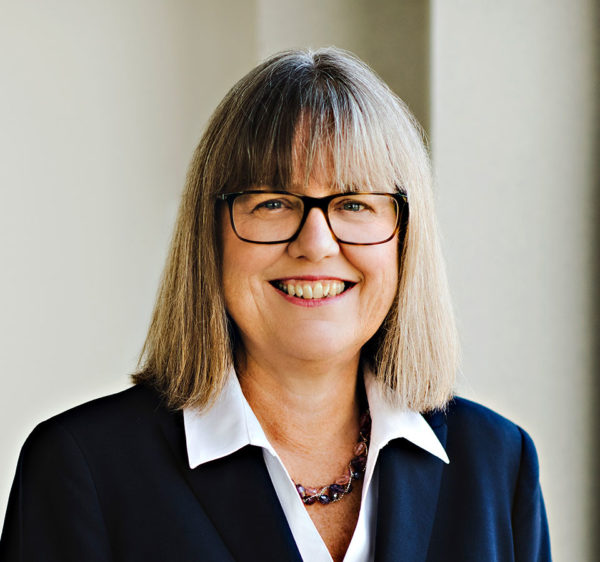
Speaker:
Donna Strickland (University of Waterloo and Hagler Institute for Advanced Studies)
Host:
Marlan Scully, Director, Institute for Quantum Science and Engineering
Location:
Address:
Mitchell Institute for Fundamental Physics & Astronomy
College Station, Texas 77843
Donna Strickland is a professor in the Department of Physics and Astronomy at the University of Waterloo and is one of the recipients of the Nobel Prize in Physics 2018 for developing chirped pulse amplification with Gérard Mourou, her PhD supervisor at the time. They published this Nobel-winning research in 1985 when Strickland was a PhD student at the University of Rochester. Strickland earned a B.Eng. from McMaster University and a PhD in optics from the University of Rochester. Strickland was a research associate at the National Research Council Canada, a physicist at Lawrence Livermore National Laboratory and a member of technical staff at Princeton University. In 1997, she joined the University of Waterloo, where her ultrafast laser group develops high-intensity laser systems for nonlinear optics investigations. She was named a 2021 Hagler Fellow of Texas A&M University and sits on the Growth Technology Advisory Board of Applied Materials. Strickland served as the president of the Optica (formerly OSA) in 2013 and is a fellow of Optica, SPIE, the Royal Society of Canada and the Royal Society. She is an honorary fellow of the Canadian Academy of Engineering and the Institute of Physics, an international member of the US National Academy of Science and member of the Pontifical Academy of Science. Strickland was named a Companion of the Order of Canada.
The is the distinguished lecture for April 21, 4:00 PM in Hawking Auditorium (MIST MB01), with a reception in the MIST Penrose Plaza (first floor) at 3:15 PM.
This event is sponsored by the Department of Physics and Astronomy, George P. and Cynthia Woods Mitchell Institute for Fundamental Physics and Astronomy, Institute for Quantum Science and Engineering, and the Mitchell Foundation.
Copyright © 2024. All rights reserved, Texas A&M University Trademark | Texas A&M University, College Station, Texas 77843